SDG aligned | Clean Water – Combating water scarcity
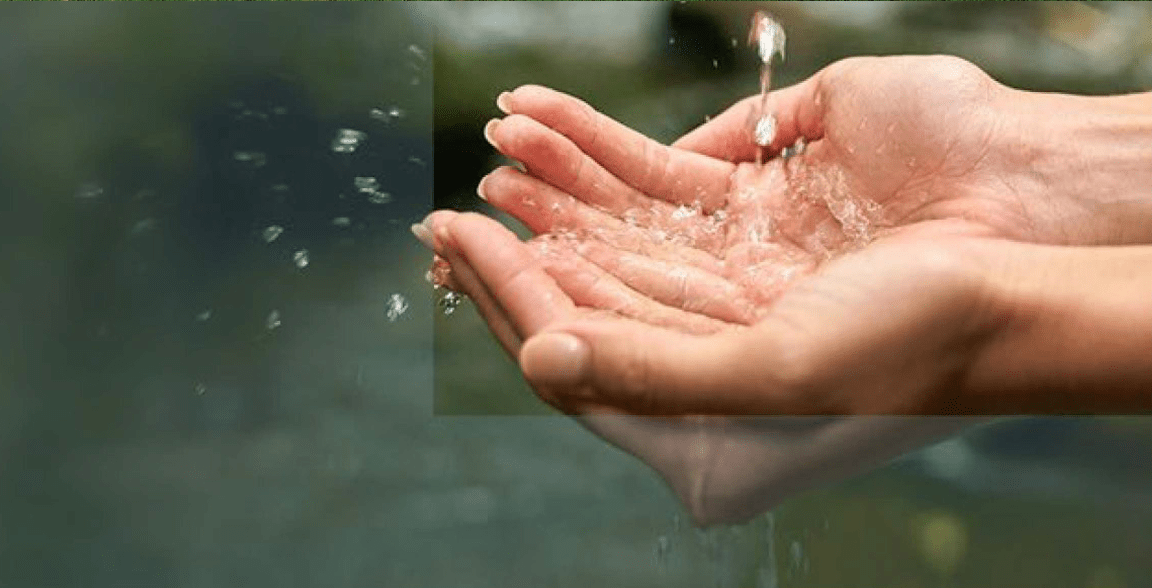
Summary
Water scarcity is not news but has become a more urgent and critical issue that we need to care about. Rapid climate change nowadays has caused worsening droughts. The imbalance between water supply and demand has affected water scarcity. To help humans have cleaner and safer water, more and more companies have been dedicating to developing sustainable water solutions.
Key takeaways
|
Important facts relating to (lack of) safe water and sanitation
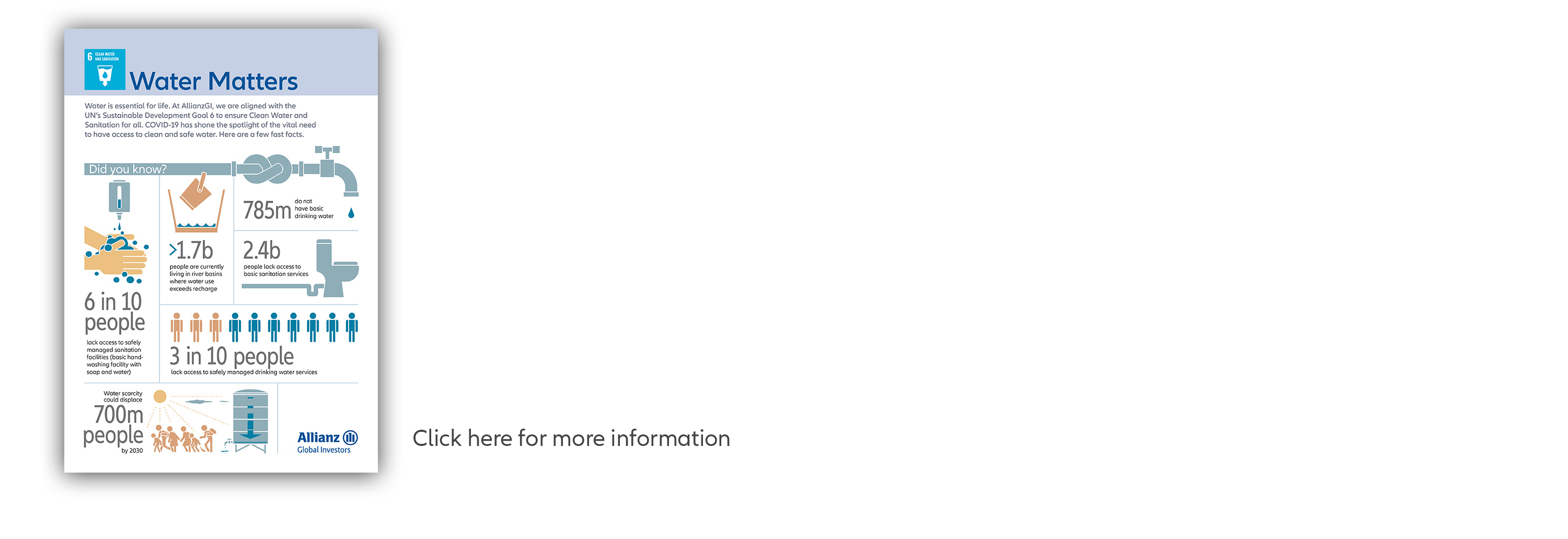
Water Challenges
Water is essential and it matters to our life. During the Covid-19 pandemic, one of the most effective ways to prevent exposure to the coronavirus is to wash our hands. However, 40% of the global population still does not have access to clean water and soap in their homes.
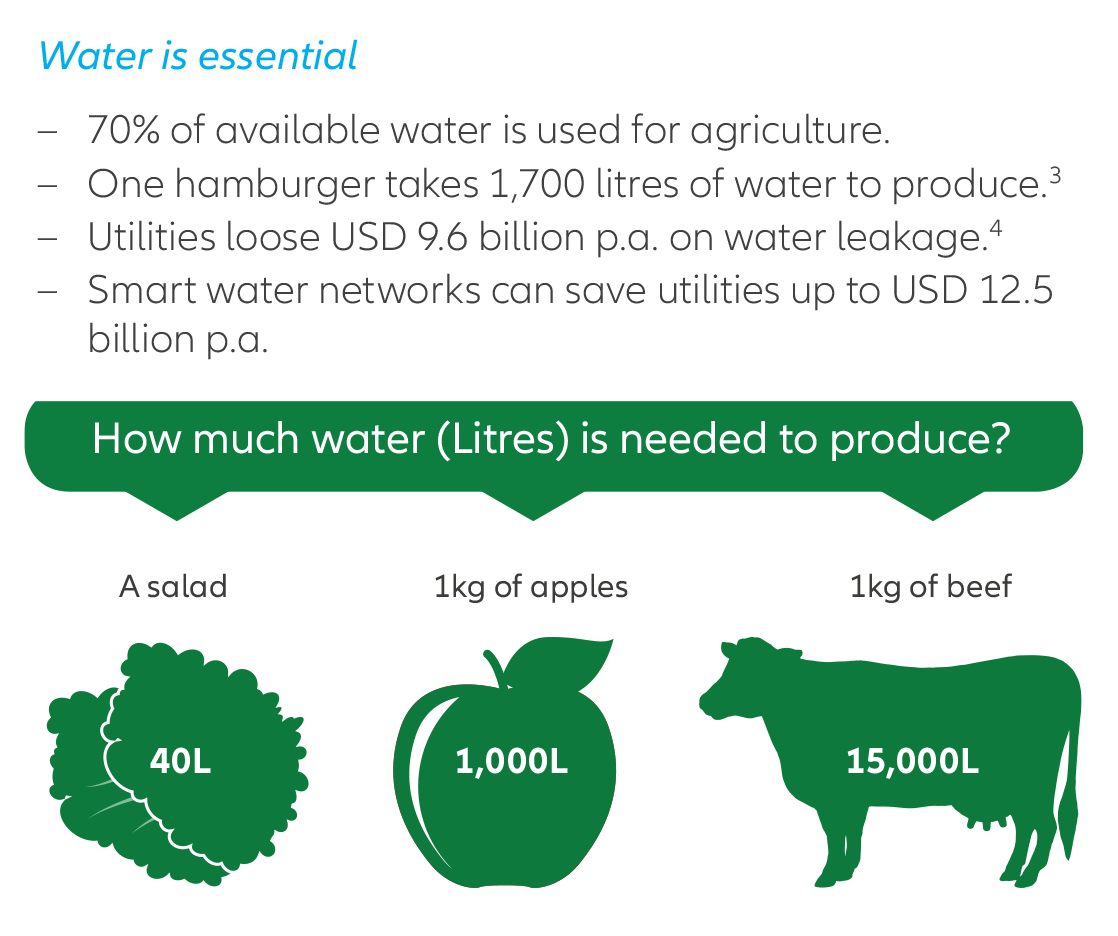
The growing imbalance between water supply and demand is driven by multiple factors: population growth, rising living standards, industrialization and electrification of emerging markets and higher irrigation needs for intensive farming. The UN’s Sustainable Development goal is to “ensure availability and sustainable management of water and sanitation for all” by the year 2030 (Goal 6). Many investments to help balance the supply and demand for water have already started.
In developed markets, much of the ageing water and waste infrastructure has been neglected for decades and is due to be replaced or upgraded to meet higher regulatory standards. In emerging markets, water and sanitation demands must be met by new infrastructure and local resources, including water saving and water generating technologies.
Sustainable Water Solutions
While rainfall comes “for free”, clean water out of the tap does not. Providing a city or a farming region with water requires major investments along the entire water supply chain – this is where the value is.
Only a few countries have achieved the level of sophistication where water is routinely safe to drink or can be released back into the environment, leaving a lot of investments yet to be completed, especially in emerging markets.
A Christian-based nonprofit organization, Lifewater,has been helping emerging countries to access clean water. They work with local experts to develop software and hardware solutions. Software solutions involve behavioural changes that result from raising awareness through appropriate communications, while hardware solutions address problems using appropriate water and sanitation technology developed by engineers. Those sources continue to provide safe water access to communities that didn’t have water before.
Reducing water waste is also important. Around 70% of available water is used for agriculture; an eco-friendly system can also help to use water effectively. The European Institute of Innovation and Technology also launched an initiative to find solutions to water scarcity, with a special focus on Southern Europe. There are 6 solutions,5
– High-tech irrigation systems
– Drip irrigation systems for poorer regions
– Storing water in dry regions
– Recycling wastewater
– Aquaponics: combining agricultural techniques
– Regenerative agriculture: focusing on soil
Collection wells, pumping stations, filtration solutions and the treatment of sewage water are only a few examples of the equipment needed to operate the complex system of fresh and waste water. Components that reduce water loss and further improve its quality in the delivery chain ensures that clean, dependable water can be provided at affordable rates for everyone. Companies offering these technologies stand to benefit, and will have a positive impact on the lives of billions of people.
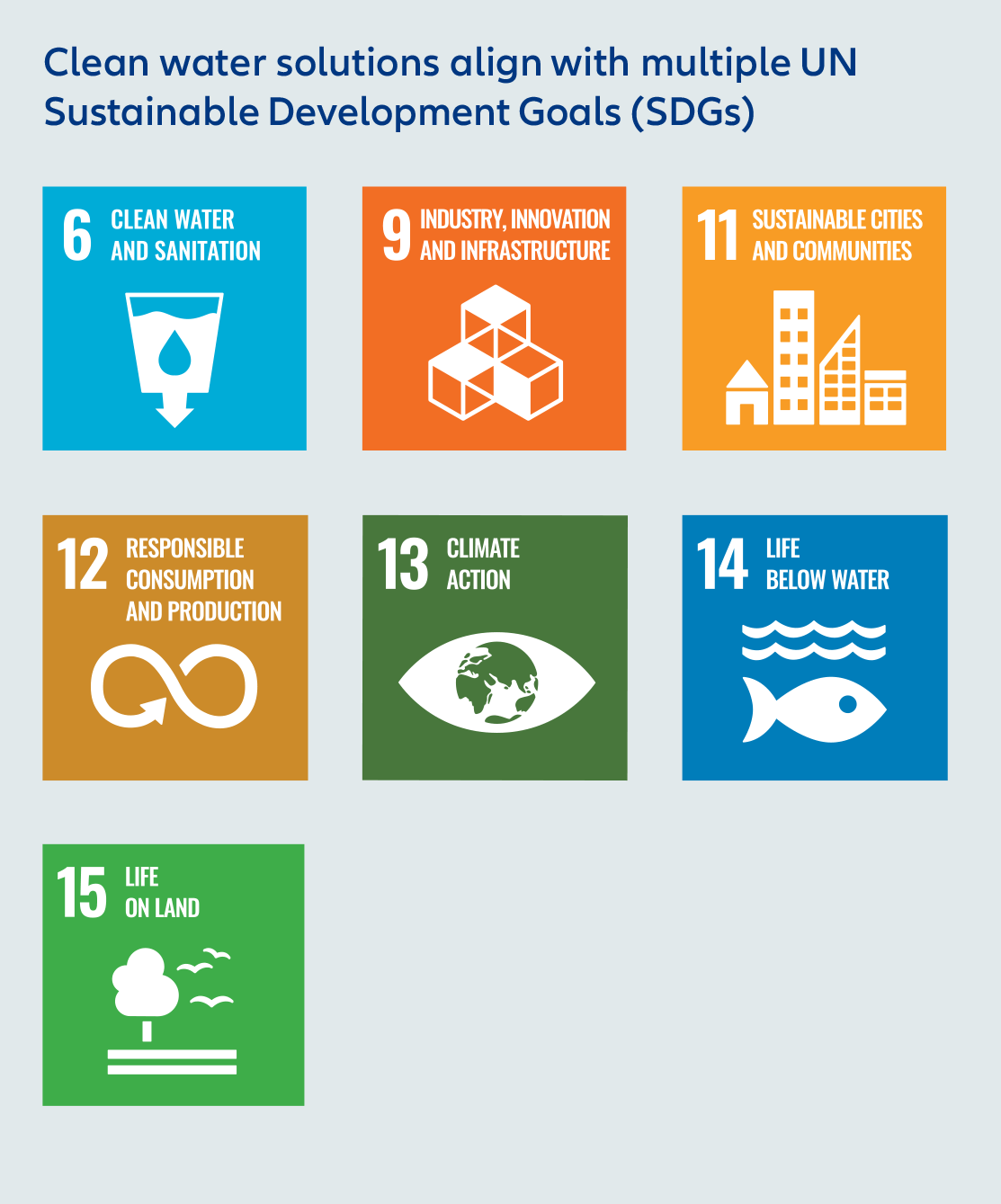
Environmental and social pressures force industrial and agricultural users to reduce the amount of water they consume, as well as the level of water pollution and contamination produced. Companies addressing the consumption efficiency challenge enjoy fundamental, secular, social, and political support to ensure ongoing demand for their products and services.
Investors are in a unique position to invest in and influence businesses in a manner that creates positive change. Given that success in delivering the SDGs can trigger economic growth, this will also appeal to participants in the equity capital markets.
There is a growing supply of sustainable business opportunities, for example - the companies that offer technologies or provide solutions, can help achieve the SDGs. These enablers are more resilient to macroeconomic and political volatility and benefit from regulatory tailwinds. This presents an opportunity for investors to contribute in a way that not only triggers sustainable growth, but also helps them pursue potential attractive financial returns.
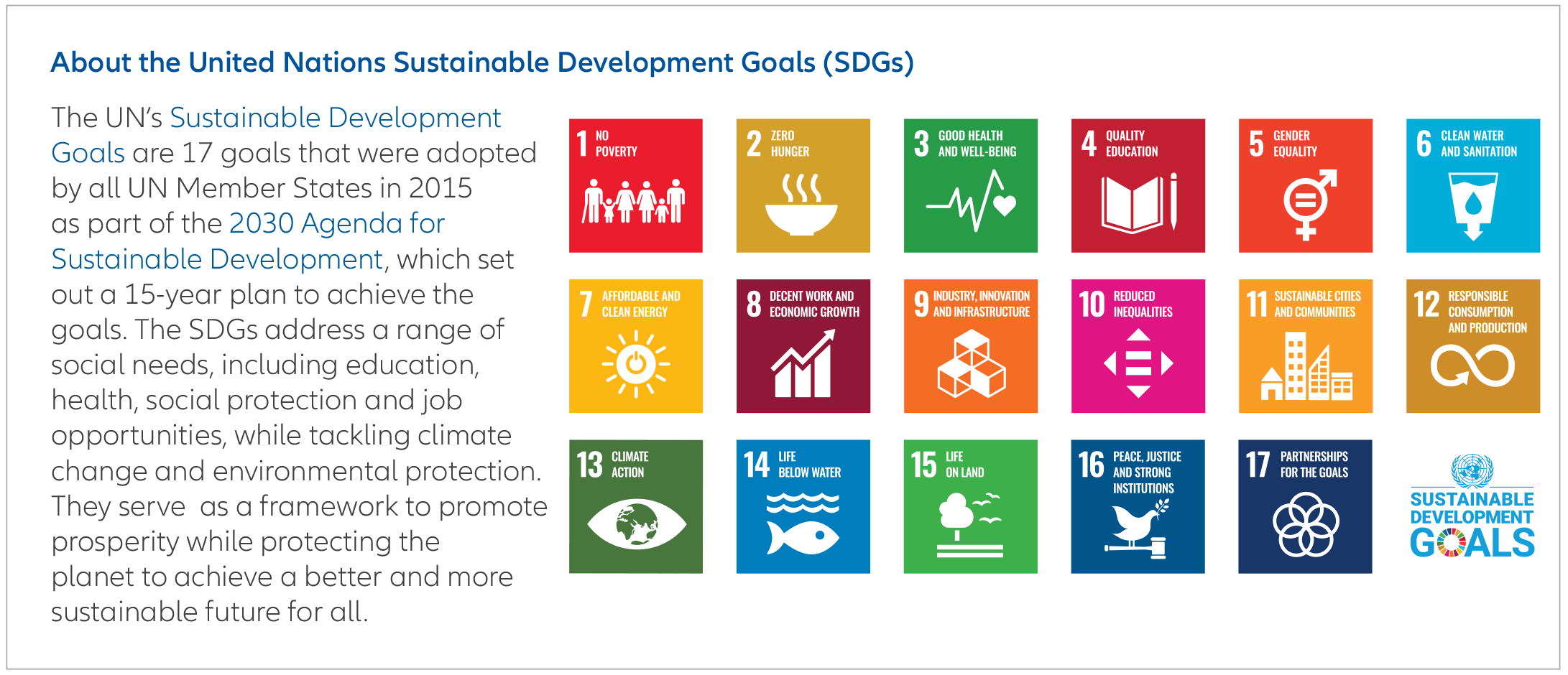
1 Siwi.org, 15 Jan 2020
2 Water.org, April 2021
3 Ecolab, Closing Keynote Presentation from the Financial Times Water Summit from Doug Baker, CEO of Ecolab. Emerald Edible, Water, Waste & Energy. Converted US gallons to litres, rounded to nearest 10 litres, May 2019
4 cdn.ymaws.com, May 2019
5 Streetroots, 24 March, 2021
SDG aligned | Food security – Growing seeds

Summary
The coronavirus pandemic refocused our attention on the value of food, with the question “how to grow seeds” trending on the internet. Yet even before the pandemic hit, the entire system of providing people with food was hugely inefficient. And without action, it will likely only get worse. The good news is that the private sector can address the UN’s Sustainable Development Goals by investing in innovations that improve the sustainability of the food economy – with the goal to do it profitably.
Key takeaways
|





